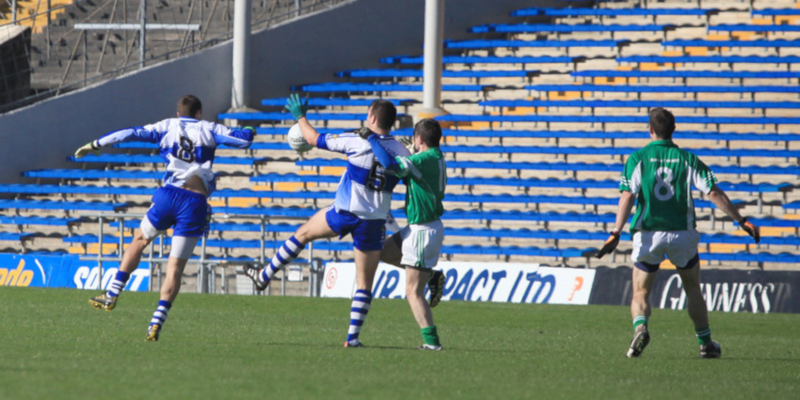The History of Gaelic Football – The Story of The Irish Game
Posted: December 31, 2019
Updated: January 3, 2020
-
The history of Gaelic football
-
The ancestors of the game

Guys playing the savage game. Image source.
We already described the rules of Gaelic football in our previous article. Now we’d like to give a more in-depth description of the history of Gaelic Football. A rough form of the sport was played during the middle ages and today’s soccer and rugby evolved from it. At today’s times, you can easily reach these sports events trough online sportsbooks in the UK.
This traditional Irish game is very famous in Ireland, and popular amongst Irish gamblers. Also, it gains more and more recognition throughout the world.
The history of Gaelic football – The earliest records
While many forerunners of Gaelic football were played since the time humans invented balls, we have our first records of the history of Gaelic football from Ireland in 1308. It is a legal record of John McCrocan – a spectator of the game – has accidentally stabbed a player. It’d be nice if we have further information on how can you accidentally stab a player of a game that you are watching, but unfortunately there is no more information given on this case.
The next record is in the Statute of Galway in 1527, which banned hurling but allowed the playing of football. In 1695 Gaelic football was banned by the Sunday Observance Act. As there is no power to ban Irish people from football there are many reports from this period. Checking the number of running tournaments these days it’s quite understandable.
One of them takes place in 1712, at Slane County, Meath when they played against their neighbors, Louth. The game was so memorable that a poem with 88 verses was written about it. At the time the game was much different and was important in society’s everyday life. Usually, they started the game at the same distance from both participating settlements. The teams consisted of all the healthy men from the participating places and could have a number from 25 to 100. The game was won by the team who reached the opposing city with the ball.
It looks like a lot of fun. Image source.
The 19th century brought caid and the GAA
Caid was consisting of various football games which were popular in county Kerry. Amongst them, there was the cross-country game with the objective to bring the ball across a parish boundary. Another form described by Father W. Ferris was a field game where you had to score the ball between the boughs of two huge trees. Since the rules were pretty harsh, wrestling or holding other players were part of the history of Gaelic football.
In 1864 Rugby was first codified and according to sportsbook news in the UK, it was very popular and draw attention away from the traditional Irish sport. The employees of Cannock’s Drapery Store found their favorite game would be terrible to fade away. They decided to set rules for the game and other clubs suddenly start to use these as well. This brought us to the foundation of GAA (Gaelic Athletic Association)
The modern times of Gaelic Football
While in the first codified form of the Gaelic Football the contest was between two men for the ball. And it was a positional game with varying degrees over time. Since then the game evolved a lot into its current form. While many debates if the similarities with Australian rules are due to the same origins, this question is not settled yet. However, it’s a good argument that many people migrated or were deported to Australia during the 19th century. Nowadays Gaelic Football is the favorite of online gambling sites in Ireland. They are very proud of this game and the players are competing for the glory of their parish pump.
















